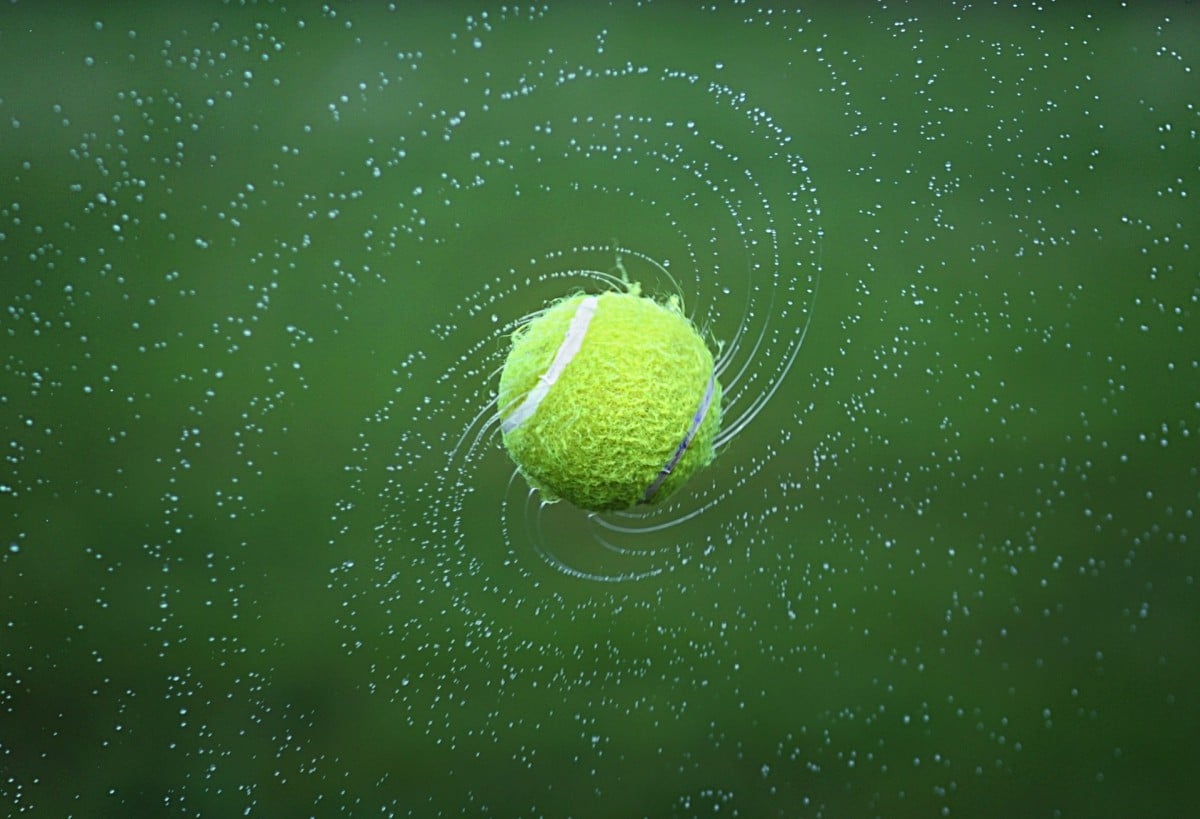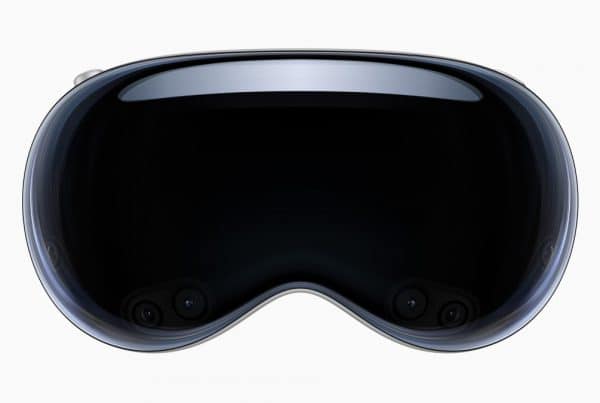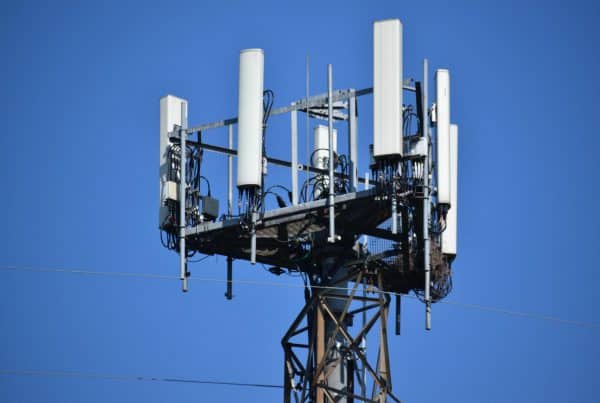Wimbledon and Tennis, renowned for its rich history and grandeur, has always been at the forefront of embracing technological advancements in sports. With the rapid rise of smart technology, Wimbledon has leveraged innovation to enhance the tournament experience for players, fans, and broadcasters alike. So lets explore the ways in which smart technology has been integrated into the iconic tennis event, transforming the way we perceive and enjoy the sport.
Smart Technology at Wimbledon Tennis:
Implementation of Hawk-Eye Technology for Line Calls: Wimbledon has been a pioneer in adopting the Hawk-Eye technology, which revolutionised line calls in the sport. Hawk-Eye uses high-speed cameras and computer algorithms to precisely track the ball’s trajectory, leaving no room for human error. This advancement has significantly reduced contentious line call controversies and ensures fair play on the court.
Player Performance Tracking and Analytics: Wearables and sensors have become integral tools for collecting real-time data during matches. By monitoring player movement, speed, and biometrics, coaches and players can gain valuable insights into performance and make data-driven decisions. These technologies also aid in injury prevention and recovery strategies, maximising players’ potential and ensuring their well-being.
Fan Engagement through Digital Platforms: Wimbledon has embraced digital platforms to create an immersive and interactive experience for fans. Live streaming and on-demand video content allow enthusiasts to watch matches from anywhere. Interactive mobile applications provide real-time updates, match statistics, and player profiles, fostering a deeper connection between fans and the tournament. Social media integration further enhances engagement, enabling fans to share their experiences and connect with other tennis enthusiasts.
Enhanced Broadcasting and Coverage: With virtual reality (VR) and augmented reality (AR) technologies, Wimbledon broadcasts have reached new heights of immersive experiences. Viewers can enjoy multi-angle camera views, 360-degree replays, and on-screen statistics, enriching their understanding of the game. These advancements provide unparalleled access to the tournament, ensuring fans feel as if they are right there on Centre Court.
Innovations in Smart Technology:
Artificial Intelligence (AI) and Machine Learning in Tennis: Wimbledon has harnessed AI and machine learning to analyse match patterns, predict player performance, and suggest strategic moves. Coaches can rely on AI-powered insights to develop effective game plans and improve player performance. This marriage of technology and tennis expertise enhances the competitive edge in the sport.
Internet of Things (IoT) and Connectivity: Smart courts equipped with sensors capture an array of data, including ball speed, player positioning, and environmental conditions. IoT devices ensure players’ safety by monitoring their vital signs and providing real-time health updates. The seamless connectivity infrastructure enables efficient tournament operations and facilitates a smoother and more immersive experience for all involved.
Data-Driven Decision Making and Operations: Wimbledon leverages data analytics to optimise scheduling, logistics, and venue management. By analysing historical data, the tournament organisers can improve player and spectator experiences, predict demand for amenities, and allocate resources effectively. Data-driven decision making ensures that Wimbledon remains a premier sporting event, tailored to the needs and preferences of its participants and audience.
Challenges and Considerations:
While smart technology has revolutionised Wimbledon Tennis, several challenges and considerations need to be addressed:
Privacy and Data Security Concerns: The collection and utilisation of vast amounts of personal and sensitive data raise concerns about privacy and data security. Wimbledon must prioritise implementing robust measures to safeguard this information and maintain the trust of players, fans, and stakeholders.
Ensuring Fairness and Accuracy: While smart technology enhances accuracy in line calls and player performance tracking, it is essential to ensure that the technology itself remains unbiased and free from errors. Regular calibration and thorough testing are crucial to maintaining fair play.
Maintaining the Balance between Tradition and Innovation: As Wimbledon embraces smart technology, it must strike a delicate balance between preserving the tournament’s rich traditions and embracing the benefits of innovation. Wimbledon’s charm lies in its history, and any technological advancements must enhance the experience while staying true to the essence of the event.
Smart technology has transformed Wimbledon, elevating the tournament to new heights of accuracy, engagement, and analysis. From Hawk-Eye technology ensuring accurate line calls to AI-powered analytics guiding player strategies, the integration of technology has enhanced the sport’s overall experience.
As technology continues to advance, Wimbledon will undoubtedly remain at the forefront of innovation, setting the standard for future tennis tournaments worldwide. The future holds immense possibilities for smart technology in tennis, promising even more thrilling and immersive experiences for players and fans alike.








